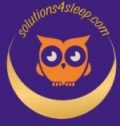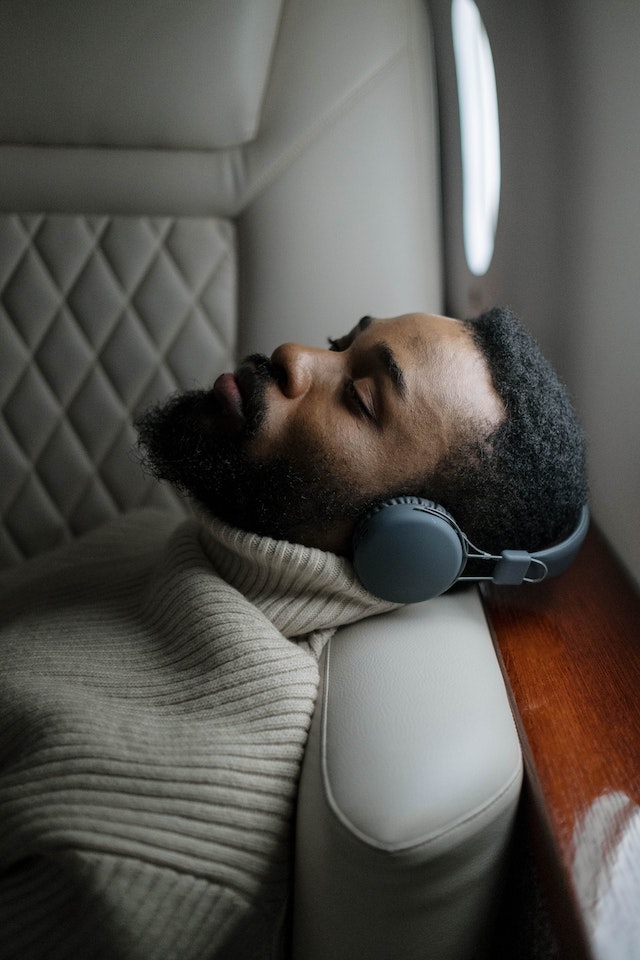Thank you for reading this post, don't forget to subscribe!
Sleep and technology have an interesting relationship. On one hand, technology has brought various advancements that can positively impact our sleep, while on the other hand, it has also introduced challenges that can disrupt our sleep patterns. Let’s delve into the details of this complex relationship:
1. Impact of Technology on Sleep Quality:
a. Blue Light Exposure: One of the most significant ways technology can affect sleep is through blue light exposure. Devices such as smartphones, tablets, computers, and televisions emit blue light, which can suppress the production of melatonin, a hormone that regulates sleep-wake cycles. This can lead to difficulty falling asleep and disturbed sleep patterns, particularly when using these devices before bedtime.
b. Sleep Disruptions: Technology, such as mobile phones and tablets, can interrupt sleep through notifications, calls, and messages, leading to sleep fragmentation and reduced sleep quality.
c. Social Media and Sleep: Engaging with social media and other stimulating content close to bedtime can increase emotional arousal and interfere with the ability to relax and fall asleep.
d. Video Gaming and Sleep: Playing video games before bedtime can overstimulate the brain and make it difficult to wind down and fall asleep.
2. Technology as Sleep Aids:
a. Sleep Tracking Devices: Wearable sleep trackers and smartphone applications can help individuals monitor their sleep patterns and identify potential issues with sleep duration and quality.
b. White Noise Machines: Some people find white noise machines or apps helpful for masking disruptive sounds and promoting better sleep.
c. Sleep Apps and Relaxation Techniques: There are numerous apps designed to assist with relaxation and meditation, which can aid in falling asleep more easily.
3. Sleep Disorders and Technology:
a. Sleep Apnea Treatment: Technology has contributed to the development of Continuous Positive Airway Pressure (CPAP) machines, which are commonly used to treat sleep apnea.
b. Sleep Studies: Polysomnography, a comprehensive sleep study, employs various technologies to monitor brain waves, eye movements, muscle activity, heart rate, and other physiological parameters during sleep, assisting in the diagnosis of sleep disorders.
4. Blue Light Reduction Solutions:
a. Night Mode: Many devices offer a “night mode” feature that reduces blue light emission during evening hours to minimize sleep disturbances.
b. Blue Light Blocking Glasses: Wearing blue light-blocking glasses in the evening can mitigate the impact of blue light on melatonin production.
5. Establishing Healthy Technology Habits for Better Sleep:
a. Digital Detox Before Bed: Limit the use of electronic devices at least one hour before bedtime to allow the brain to wind down and prepare for sleep.
b. Sleep-Friendly Bedroom Environment: Keep technology out of the bedroom or set strict boundaries for its use during sleep hours.
c. Bedtime Routine: Develop a calming bedtime routine that doesn’t involve technology. Activities like reading a book, practicing relaxation techniques, or gentle stretches can promote better sleep.
In summary, technology can have both positive and negative effects on sleep. While it can disrupt sleep patterns through blue light exposure and interruptions, it also offers tools and devices that can aid in sleep tracking and treatment of sleep disorders. To maximize the benefits of technology and improve sleep quality, it’s essential to establish healthy technology habits and utilize technology as a sleep aid mindfully.



